Mercedes C-Class Wagon VS Toyota Proace City – Specs, Efficiency & Price Comparison
Which model is the better choice – the Mercedes C-Class Wagon or the Toyota Proace City? We compare performance (680 HP vs 136 HP), boot capacity (490 L vs 912 L), efficiency (0.40 L vs 18.10 kWh5.30 L), and of course, the price (42400 £ vs 20800 £).
Find out now which car fits your needs better!
The Mercedes C-Class Wagon (Estate) is powered by a Diesel MHEV, Petrol MHEV or Plugin Hybrid engine and comes with a Automatic transmission. In comparison, the Toyota Proace City (High Roof Estate) features a Petrol, Diesel or Electric engine and a Manuel or Automatic gearbox.
When it comes to boot capacity, the Mercedes C-Class Wagon offers 490 L, while the Toyota Proace City provides 912 L – depending on what matters most to you. If you’re looking for more power, you’ll need to decide whether the 680 HP of the Mercedes C-Class Wagon or the 136 HP of the Toyota Proace City suits your needs better.
There are also differences in efficiency: 0.40 L vs 18.10 kWh5.30 L. In terms of price, the Mercedes C-Class Wagon starts at 42400 £, while the Toyota Proace City is available from 20800 £.
Compare all the key specs now and find out which model fits your lifestyle best!
Mercedes C-Class Wagon
The Mercedes-Benz C-Class Wagon offers a perfect blend of luxury and practicality, appealing to those who value both style and functionality in their vehicle. Its elegant design is complemented by a spacious and versatile interior, making it ideal for family trips or business travel. With advanced safety features and state-of-the-art technology, this estate car provides a driving experience that is both secure and enjoyable.
details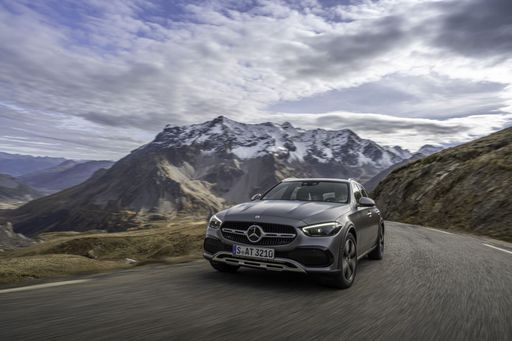 @ group-media.mercedes-benz.com
@ group-media.mercedes-benz.com
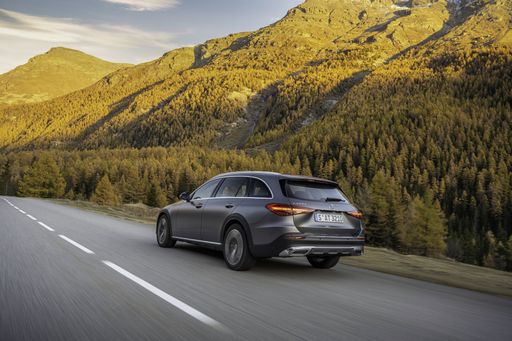 @ group-media.mercedes-benz.com
@ group-media.mercedes-benz.com
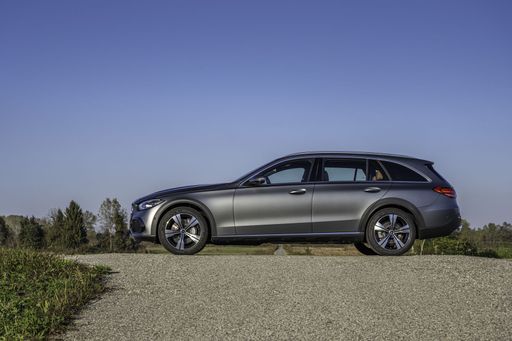 @ group-media.mercedes-benz.com
@ group-media.mercedes-benz.com
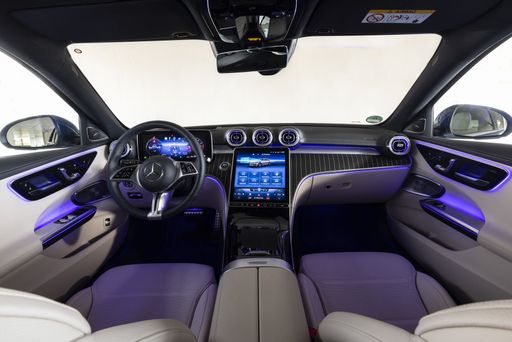 @ group-media.mercedes-benz.com
@ group-media.mercedes-benz.com
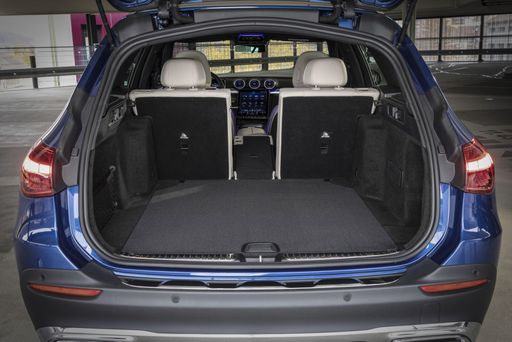 @ group-media.mercedes-benz.com
@ group-media.mercedes-benz.com
Toyota Proace City
The Toyota Proace City High Roof Combi is designed to seamlessly blend practicality with comfort, making it an ideal choice for families and businesses alike. Its versatile interior allows for flexible seating and cargo arrangements, catering to a variety of transport needs. Equipped with modern technology and advanced safety features, this vehicle ensures a reliable and secure driving experience.
details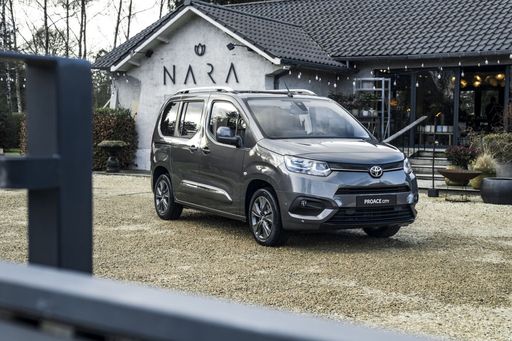 @ Toyota Deutschland
@ Toyota Deutschland
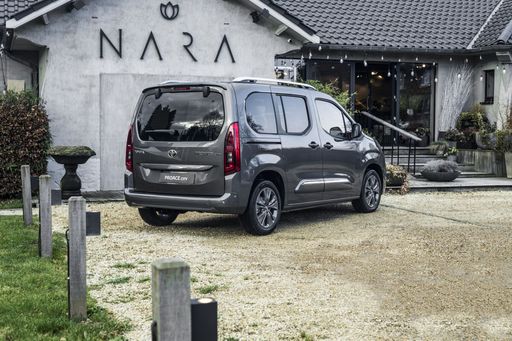 @ Toyota Deutschland
@ Toyota Deutschland
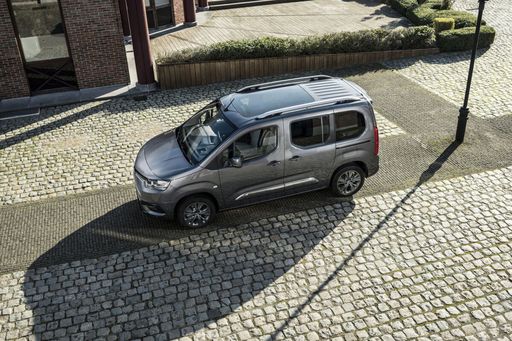 @ Toyota Deutschland
@ Toyota Deutschland
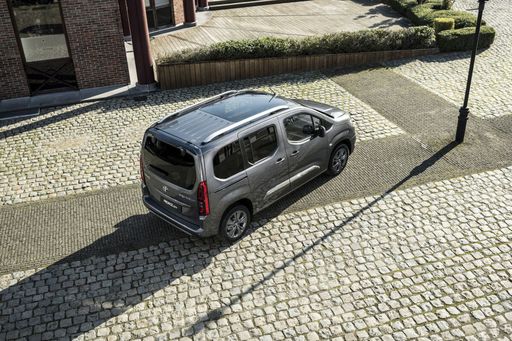 @ Toyota Deutschland
@ Toyota Deutschland
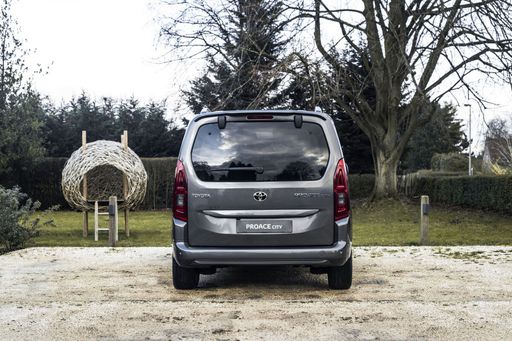 @ Toyota Deutschland
@ Toyota Deutschland
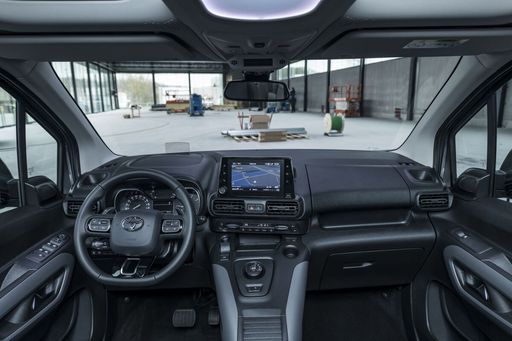 @ Toyota Deutschland
@ Toyota Deutschland

|

|
|
|
|
Costs and Consumption |
|
|---|---|
|
Price
42400 - 115300 £
|
Price
20800 - 42100 £
|
|
Consumption L/100km
0.4 - 9 L
|
Consumption L/100km
5.3 - 6.3 L
|
|
Consumption kWh/100km
-
|
Consumption kWh/100km
18.10 kWh
|
|
Electric Range
11 - 112 km
|
Electric Range
343 km
|
|
Battery Capacity
19.50 kWh
|
Battery Capacity
-
|
|
co2
11 - 206 g/km
|
co2
0 - 146 g/km
|
|
Fuel tank capacity
40 - 66 L
|
Fuel tank capacity
50 - 61 L
|
Dimensions and Body |
|
|---|---|
|
Body Type
Estate
|
Body Type
High Roof Estate
|
|
Seats
5
|
Seats
5 - 7
|
|
Doors
5
|
Doors
4 - 5
|
|
Curb weight
1755 - 2235 kg
|
Curb weight
1366 - 1664 kg
|
|
Trunk capacity
360 - 490 L
|
Trunk capacity
322 - 912 L
|
|
Length
4751 - 4842 mm
|
Length
4401 - 4751 mm
|
|
Width
1820 - 1900 mm
|
Width
1848 mm
|
|
Height
1454 - 1494 mm
|
Height
1812 - 1818 mm
|
|
Payload
440 - 565 kg
|
Payload
525 - 869 kg
|
Engine and Performance |
|
|---|---|
|
Engine Type
Diesel MHEV, Petrol MHEV, Plugin Hybrid
|
Engine Type
Petrol, Diesel, Electric
|
|
Transmission
Automatic
|
Transmission
Manuel, Automatic
|
|
Transmission Detail
Automatikgetriebe
|
Transmission Detail
Schaltgetriebe, Automatikgetriebe
|
|
Drive Type
Rear-Wheel Drive, All-Wheel Drive
|
Drive Type
Front-Wheel Drive
|
|
Power HP
186 - 680 HP
|
Power HP
102 - 136 HP
|
|
Acceleration 0-100km/h
3.4 - 8.8 s
|
Acceleration 0-100km/h
11.5 - 13.2 s
|
|
Max Speed
226 - 280 km/h
|
Max Speed
135 - 186 km/h
|
|
Torque
250 - 1020 Nm
|
Torque
205 - 300 Nm
|
|
Number of Cylinders
4
|
Number of Cylinders
3 - 4
|
|
Power kW
137 - 500 kW
|
Power kW
75 - 100 kW
|
|
Engine capacity
1496 - 1999 cm3
|
Engine capacity
1199 - 1499 cm3
|
General |
|
|---|---|
|
Model Year
2024 - 2025
|
Model Year
2024 - 2025
|
|
CO2 Efficiency Class
D, G, E, F, B
|
CO2 Efficiency Class
E, A
|
|
Brand
Mercedes-Benz
|
Brand
Toyota
|
Mercedes C-Class Wagon
Introduction to the Mercedes-Benz C-Class Wagon
The Mercedes-Benz C-Class Estate, more popularly known as the T-Modell, represents a striking blend of luxury, practicality, and advanced automotive technology. This vehicle is tailored for those who require the elegance and sophistication typical of Mercedes-Benz, while also needing versatility and space. In this article, we will delve into its technical prowess and innovative features that make it a standout in the automotive world.
Powertrain and Performance: A Range to Impress
The C-Class T-Modell offers a diverse range of engine options designed to cater to various driving preferences. From the efficient diesel mild-hybrid powertrains, delivering impressive torque and fuel efficiency, to the robust petrol mild-hybrid models, the C-Class Estate is equipped to handle various driving demands. The plug-in hybrid variants provide exceptional electric-only ranges, boasting up to 113 km on a single charge, making it a suitable companion for both city commutes and longer journeys.
Innovative Mild-Hybrid Technology
Mercedes-Benz integrates its cutting-edge mild-hybrid technology across multiple models within the C-Class Estate range. This system utilises a powerful battery and starter-generator motor to assist the internal combustion engine. This results in smoother acceleration, reduced fuel consumption, and lowers emissions, all contributing to an efficient yet dynamic driving experience.
Dynamic Handling and Driveability
Equipped with an advanced 9-speed automatic transmission, the C-Class T-Modell offers seamless gear changes and optimised driveability, ensuring both comfort and performance are prioritised on the road. Drivers have the flexibility to choose between rear-wheel drive for a classic driving experience, or the 4MATIC all-wheel drive for added stability and traction, ideal for diverse weather conditions and terrains.
Luxurious Interior and Advanced Features
Inside, the C-Class Estate is crafted to offer unparalleled luxury and technological innovation. Prominent features include the MBUX multimedia system with voice control, a large central display screen, and optional augmented reality navigation, which collectively enhance the driving experience. The cabin is spacious, with a generous load volume making it perfect for family outings or business trips, while the premium materials and sophisticated design reflect Mercedes-Benz’s commitment to luxury.
Safety and Driver Assistance Systems
As expected from a brand renowned for safety, the C-Class T-Modell comes equipped with an array of safety and driver assistance systems. Adaptive cruise control, lane-keeping assist, and a host of other intelligence-based systems are designed to protect occupants while reducing driver fatigue, making each journey safer and more comfortable.
Conclusion
The Mercedes-Benz C-Class Estate stands as a testament to innovation in automotive design, marrying luxury with practicality. Its variety of powertrains, cutting-edge technology, and focus on safety make it a compelling choice for those seeking a versatile yet sophisticated car. Whether for long distances or daily city drives, the C-Class T-Modell delivers a driving experience that is both engaging and effortlessly efficient.
Toyota Proace City
The Versatile Toyota Proace City: A Gamechanger in the Van Segment
In the bustling world of automotive innovations, the Toyota Proace City stands out as a versatile, high-roof van that combines practicality with cutting-edge technology. Designed to cater to the needs of businesses and families alike, the Proace City makes a compelling case for itself with various powertrain options, impressive load capacity, and modern amenities. Let’s dive into the technical details and innovations that make this model a standout choice.
Powertrain Variety: Meeting Diverse Needs
The Toyota Proace City offers a diverse range of powertrains to meet different driving needs and preferences. Whether you're looking for the traditional power of internal combustion engines or the modern efficiency of electric propulsion, the Proace City has got you covered. The petrol options include a 1.2 Turbo engine, producing 110 PS with a consumption rate of 6.3 L/100km. For diesel enthusiasts, a robust 1.5 D-4D Diesel engine is available, offering power outputs up to 130 PS and a consumption as low as 5.3 L/100km. Moreover, the electric versions pack a 50 kWh battery that delivers 136 PS with an efficient consumption rate of 19.4 kWh/100km, providing an impressive range of up to 284 km.
Technological Advancements and Efficiency
Innovation in the Toyota Proace City extends beyond its engines. It boasts an impressive array of technologies aimed at enhancing efficiency and safety. The CO2 efficiency classes range from A to E depending on the model, with emissions that meet Euro 6 standards, reflecting Toyota’s commitment to sustainability. The integration of various automatic and manual transmission options provides drivers with flexibility and control, ensuring a smooth and efficient driving experience.
Comfort and Practicality: Inside the Proace City
Step inside the Toyota Proace City, and you are greeted with a spacious and well-appointed interior. Depending on the configuration, the van offers seating for five to seven passengers, making it ideal for both family use and commercial applications. The boot capacity ranges from 322 to 912 litres, ensuring ample space for all your cargo needs. With maximum payloads of up to 869 kg, the Proace City is designed to handle heavy-duty tasks without compromising on passenger comfort.
A Design for Every Purpose
The Toyota Proace City spans a length between 4401 mm and 4751 mm, providing a substantial yet manageable vehicle size. The consistent width of 1848 mm and height reaching up to 1818 mm offer a solid road presence while ensuring maneuverability in urban settings. The notable variant selection includes designations like Club, Comfort, Flow, and Team Deutschland, each with optional automatic configurations to match different lifestyle and business demands.
Affordability and Operational Costs
With a starting price range from €24,835 to €51,245, the Toyota Proace City provides an accessible entry into the segment of high-roof vans. Its economical efficiency extends to operational costs, with monthly expenses ranging from €1,071 to €1,181, showcasing financial viability for both private owners and fleet operators alike.
Conclusion
The Toyota Proace City stands as a formidable contender in the van market, offering a blend of flexibility, efficiency, and modern technology. Its range of powertrains, spacious interior, and low operating costs make it a practical choice for anyone from urban professionals to family adventurers. Whether it's for work or leisure, the Proace City proves that a utility vehicle can be both functional and sophisticated.
The prices and data displayed are estimates based on German list prices and may vary by country. This information is not legally binding.
